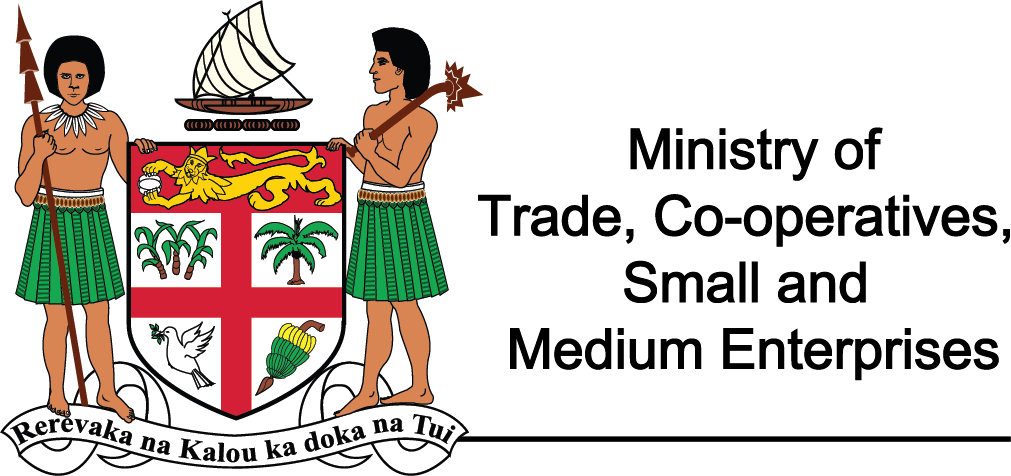Environment Management Unit – Department of Town
Overview
The purpose of the Act
- Apply principles of the sustainability use an development of natural resource.
- Identify matters that are of national importance for the Fiji Islands
-
How Are Environment Management Units Established?
The Department of Environment may require the chief executive officer of any ministry, department statutory authority or local authority to establish a unit responsible for environment management.
Functions Of Environment Management Unit?
-
The functions include:
-
- Processing environmental impact assessments;
- Formulating and implementing environmental policies and programs
- Undertakings surveys and inspections for the purpose of the National resources inventory and;
- Delivering environmental education and awareness
-
The Functions Of An EIA Screening
Is to determine whether the development proposal will require an Environment Impact Assessment
How Does The Proponent Apply For An EIA Screening
The proponent must apply using the Environment Impact Assessment EMA/EIAP 1 form along with the approved fee of $121.11 to the approving authority.
What Is Environment Impact Assessment (EIA)?
EIA is a tool that is used to identify economic and social impacts of a development before a decision is being made. It is also used to mitigate adverse impacts and shape projects to suit the local environment.
What Is Their Role In The EIA Process?
The environment management unit is responsible for:
-
- Scoping a development proposal or assisting the EIA Administrator in scoping
- Reviewing EIA reports and commenting on any environmental management plan contained in the report
- Monitoring and enforcing conditions on approved development proposals.
Development Proposals Approved By The Approving Authority (Schedule 2 Part 2 of the Environment Management Act 2005).
-
- A proposal that requires processing only because it could endanger or degrade public health or sanitation;
- A proposal that requires processing only because it could harm or destroy important cultural resources including, but not limited to, archeological sites, cemeteries, historic sites and landmarks
- Proposal for a residential subdivision of not more than 10 lots
- Proposal for civic or community development
- Proposal for general commercial development
- Proposal for general industrial development

